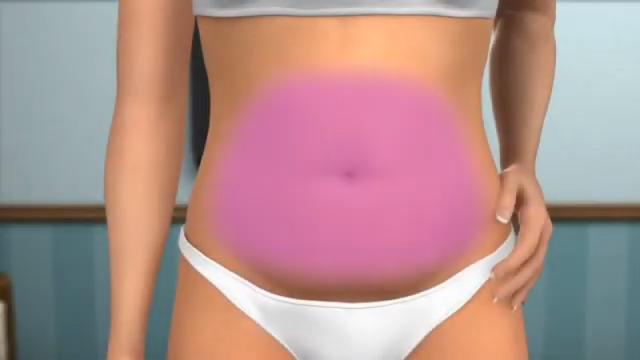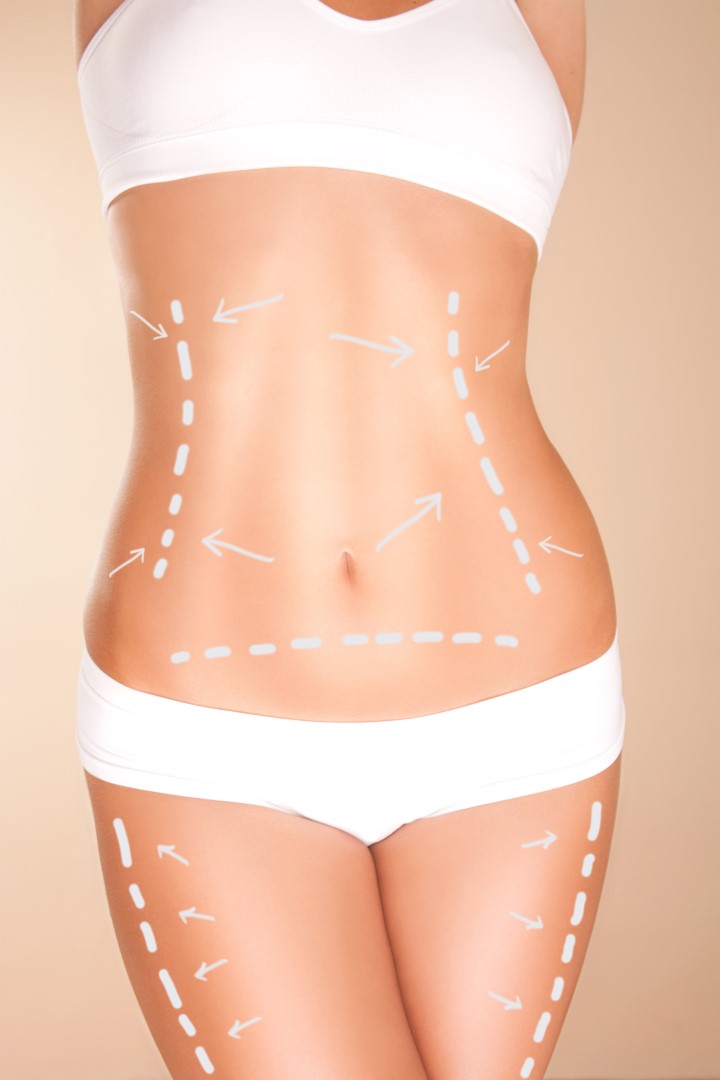
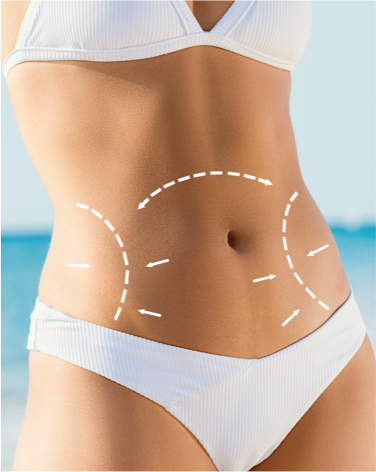
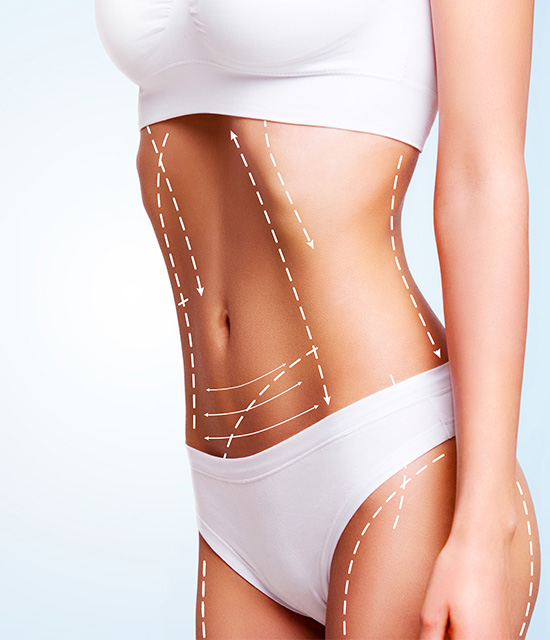
Tummy Tuck in Turkey (Abdominoplasty)
Abdominoplasty, or tummy tuck, is a procedure that flattens the abdomen by removing extra fat and skin and tightening muscles in your abdominal wall. The procedure benefits to those after childbirth, especially women after numerous pregnancies, and help them get desirable body figure. With incision along bikini line, the surgery is performed under general anesthesia and it takes around 3-4 hours. After the surgery, the patient needs to be admitted three nights to the hospital. The surgery usually leaves a scar along the pubic hair line, possibly from left to right side of the hips, depending on the volume of fat and excess skin.
Because abdominal deformities are one of the most common problems occurring over time, tummy tuck surgery is one of the most common procedures all around the world. Turkey, at this point, is one of the best locations that you can get this operation.
Our centres make their difference in assisting the performance of great resulting surgeries, ensuring excellent customer satisfaction with an affordable abdominoplasty cost in Turkey.
Tummy Tuck Surgery Animation
GET QUOTE IN 3 MINUTES
You can get a free analysis in under 3 minutes with our online assistant
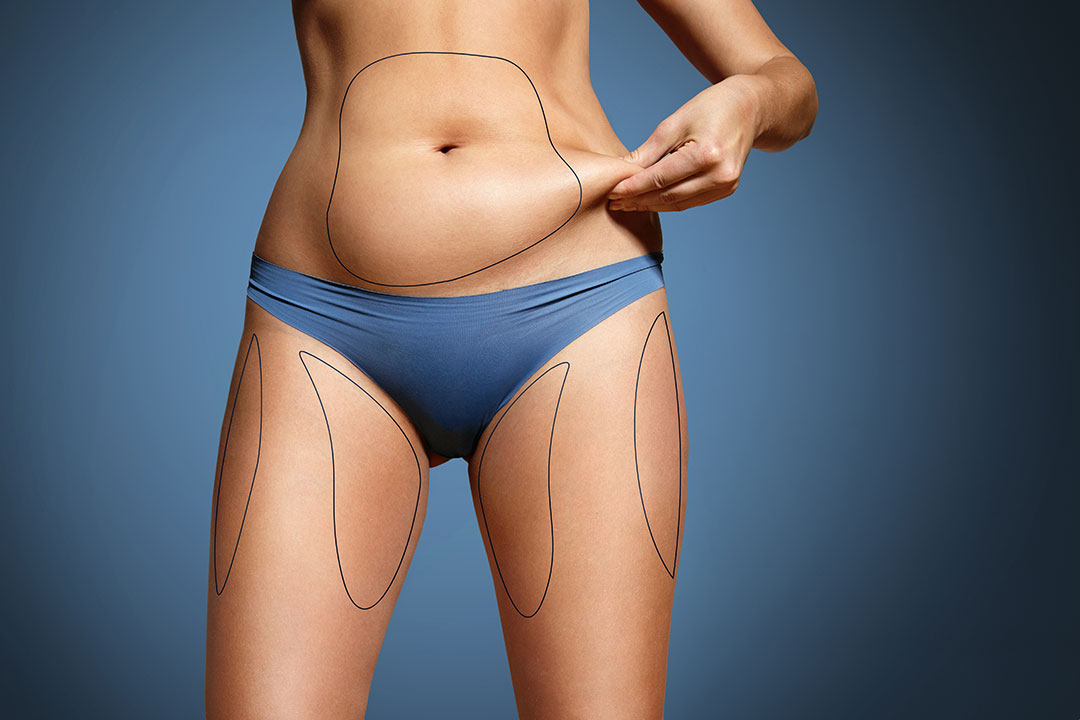
What Does a Tummy Tuck Do?
When a woman has children or a person loses a significant amount of weight, the abdominal area often undergoes a dramatic change. Skin that has stretched may not spring back. The abdominal muscles may weaken and separate. Stubborn pockets of fat can remain, even after weight loss.
Tummy tuck surgery addresses all of these problems. It removes excess skin to contour the abdomen. It reconnects and tightens abdominal muscles to flatten and tone the belly. With liposuction, it can remove bulges of fat. The effect is a rejuvenation of the midsection, restoring a younger and fitter appearance and a sculpted, trim waistline.
Testimonial
Full Tummy Tuck and a Mini Tummy Tuck?
A full tummy tuck and a mini tummy tuck both remove excess skin and tighten muscles to flatten the abdomen, but there are some distinctions between the two procedures.
- A full tummy tuck tightens skin and muscles over the entire abdominal area, above and below the belly button. It repairs separated muscles in the mid and upper abdomen — the muscles you strengthen with leg lifts, crunches, or sit-ups. While the incision is made very low on the abdomen, just above the pubic area and running from hip to hip, skin is pulled down to tighten the entire abdomen. This may involve the creation of a new belly button. Liposuction may be used to remove excess fat over the full abdominal region. A full tummy tuck may also reduce the appearance of stretch marks.
- A mini tummy tuck tightens and flattens the area below the belly button, and does not address loose skin or separated muscles in the middle or upper abdomen. The incision is typically 6 to 12 inches shorter than the incision made for a full tummy tuck.

Tummy Tuck Post-Op Instructions
Frequently Asked Questions
Who are the best candidates for a tummy tuck?
The best candidates for a tummy tuck have excess skin, fat or muscle laxity of the lower abdomen that’s unresponsive to diet and exercise. The best candidates are also healthy and do not smoke.
Will the tummy tuck get rid of stretch marks?
Stretch marks of the lower abdomen may be removed entirely by a tummy tuck. Stretch marks above the belly button may still remain, but the tummy tuck skin tightening improves the appearance of the remaining stretch marks.
Where are the scars for a tummy tuck?
The scars for a tummy tuck are inside the belly button and at the lower abdominal waistline. Ideally, the scar should be positioned so that it is covered by a low-cut bikini bottom.
What’s a mini tummy tuck?
A mini tummy tuck removes a small amount of excess skin from the lower abdomen. The scar is typically about 6 inches long. The best candidates for this procedure are lean women who have a small flap of excess skin in the middle lower abdomen, such as above a caesarean section scar. The abdominal muscles and upper abdominal skin are not improved with this limited procedure.
What’s a lower tummy tuck?
A lower tummy tuck removes a large amount of excess skin from the lower abdomen. The best candidates have a tight upper abdomen that is already close to ideal. Lower abdominal skin and fat is removed from the central abdomen as well as the sides. The pubic area may also be tightened. The abdominal muscles are not tightened with this limited procedure.
What’s a pubic lift?
A pubic lift tightens the mons pubis and surrounding areas that tend to sag after pregnancies or weight loss. I consider it to be an important part of the tummy tuck procedures that I perform.
What happens to the muscles during a tummy tuck?
The rectus abdominis muscles of the abdomen frequently become separated from pregnancy. During a tummy tuck, the muscles may be repositioned by tightening the fibrous fascia. The muscle is not cut, so recovery is faster.
What procedures are commonly combined with a tummy tuck?
Most of my abdominoplasty patients also have liposuction around their waistline or thighs to enhance their results. It’s also common for my patients to have breast surgery at the same time as well. I call this combination of procedures a “Mommy Makeover.”
Is it safe to do other procedures with a tummy tuck?
I’ve done extensive clinical research on the safety of tummy tucks and combined procedures. In my hands, there’s no increase in complication rates when I combine a tummy tuck with other operations. Of course, not all patients are candidates for combined surgical procedures. I make that decision on an individual basis in a detailed consultation with my patient.


